Moza is continuing, at a relentless pace, to develop its sim racing hardware ecosystem. It is clear to all that it has ambitions to become an industry leader. Something it was still lagging behind on, however, was the presence of more affordable peripherals to go with its entry-level direct drive wheel base – the R9.
Recently, Moza launched its CS Steering Wheel and SR-P Pedals, with the aim of filing this important gap. We were fortunate enough to be sent these products by Moza, and have been trying them out to see whether or not they tick the required boxes.
Let’s start by defining exactly what I mean by ‘entry level’.
The SR-P pedals will set you back $218.90, which equates to roughly £180. This does not include VAT, shipping costs or any import duty, so in reality, there are cheaper options out there from the get-go for those in mainland Europe or the UK.
Moza’s ecosystem as a whole, however, focuses on direct drive wheel bases and load cell pedals, meaning that the entry point will always be higher than that of a basic wheel and pedal set using potentiometers and belt-driven technology.
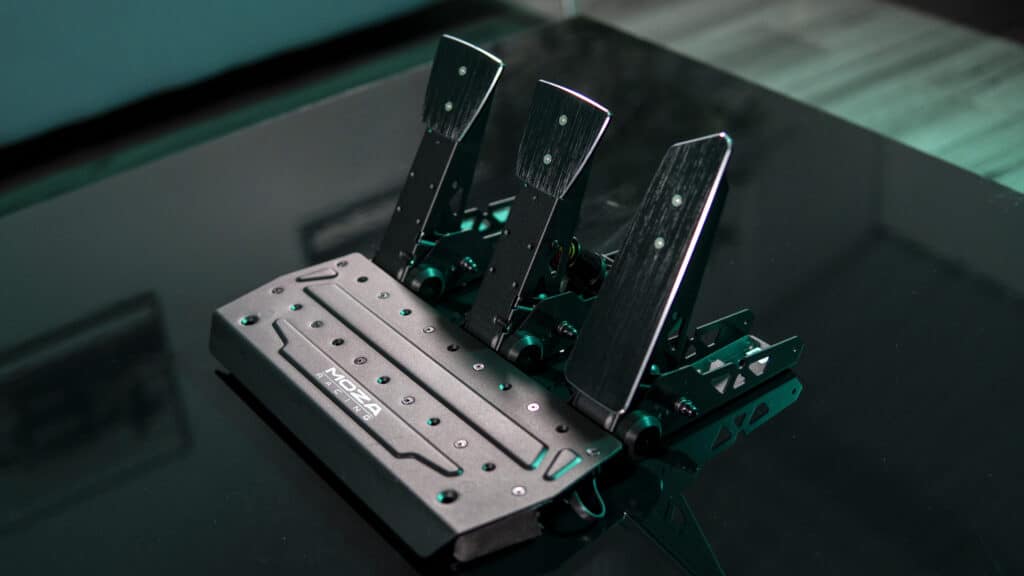
For load cell pedals, you will often see prices closer to that of Moza’s CR-P’s, which currently cost $499. One thing I need to make clear straight away is that I have never tried the more expensive CR-P Pedals, so I can’t talk about the compromises from personal experience. I can, however, compare the specs.
The CR-P Pedals are made primarily of aluminum alloy, whilst for the SR-P’s, it is only the pedal plates themselves that use this material, the rest is made from steel. The load pressure sensor on the brake can register up to 75kg of pressure, which is 25kg less than the CRP’s and 15kg less than Fanatec’s discontinued CSL Elite Pedals.
When it comes to load cell pedals however, the maximum range of the pressure sensor is not the be all and end all, especially when you consider that there are a number of variables related to the design and construction of the pedals that directly affect the translation of pressure.
In a set of sim racing pedals, the load cell measures the pressure that you apply on the brake pedal, turns this into data and applies the information in-game to control your braking forces. Entry-level pedals often use potentiometers instead, such as existing Logitech and Thrustmaster options, which simply measure the travel distance of the brake pedal rather than the pressure applied.
Load cell pedals generally cost more than standard potentiometer-based pedals because they cost more to develop and produce.
At $218 dollars, the SR-P Pedals represent an entry point to load cell brake pedals, with most load cell-based and hydraulic options costing considerably more. Fanatec can be seen as competition at this level with their equivalent offering, the CSL Load Cell Pedals coming in slightly cheaper. The prices are tricky to compare directly, however…
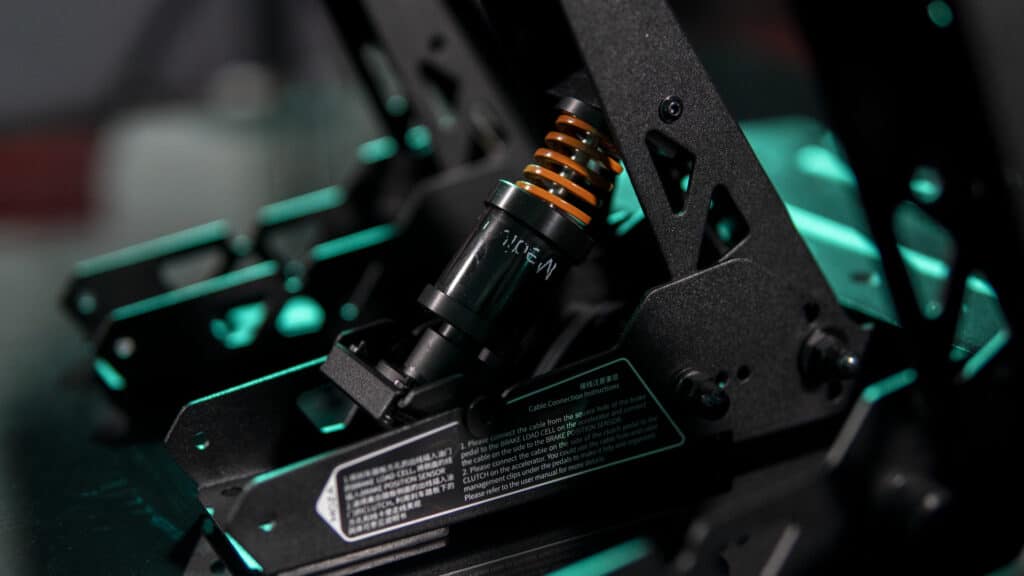
The CSL’s aluminium pedal plates are optional extras for example, as are the SR-P’s extra springs and dampers.
These pedals also connect directly to your PC via a standard USB cable, making them compatible with other wheels and peripherals across the market, taking away the need for adapters. In terms of build quality and feel, I really do like what Moza has done; nothing spectacular or overly complicated, but they have a high-quality feel and a smooth understated finish.
With regards to performance, in all honesty they perform no better and no worse than you might expect from an entry level load cell set-up. The SR-P’s actually utilise two braking sensors (the load cell and an additional angle sensor), which is essentially just a fancier, higher resolution equivalent to a hall sensor.
The angle sensor is used during light braking and, when combined with the spring, gives you a decent amount of control when you are looking to lightly tap or ease off the pedal. During harder braking, the load cell takes over, combining with the rubber damper to give you a firmer, more realistic pressure-based experience.
By the time you reach the damper and really begin to feel the firmer brake pedal however, you are already in many cases, fighting with lock-ups.
It feels like the damper and load cell combination needs to start a little bit earlier in the process, and this is likely due to the limitations of the small and probably cheaper load cell system. It almost feels like an afterthought, the brake doesn’t give you that rigidity and confidence before it’s too late.
I will be clear, in many racing games (or if you have ABS turned on), this will not hurt your performance in braking zones at all, but when you have to be careful and precise such as in iRacing, rFactor 2 or Assetto Corsa Competizione, this load cell perhaps does not give you that ultimate confidence that you might expect from a more expensive and stronger system.
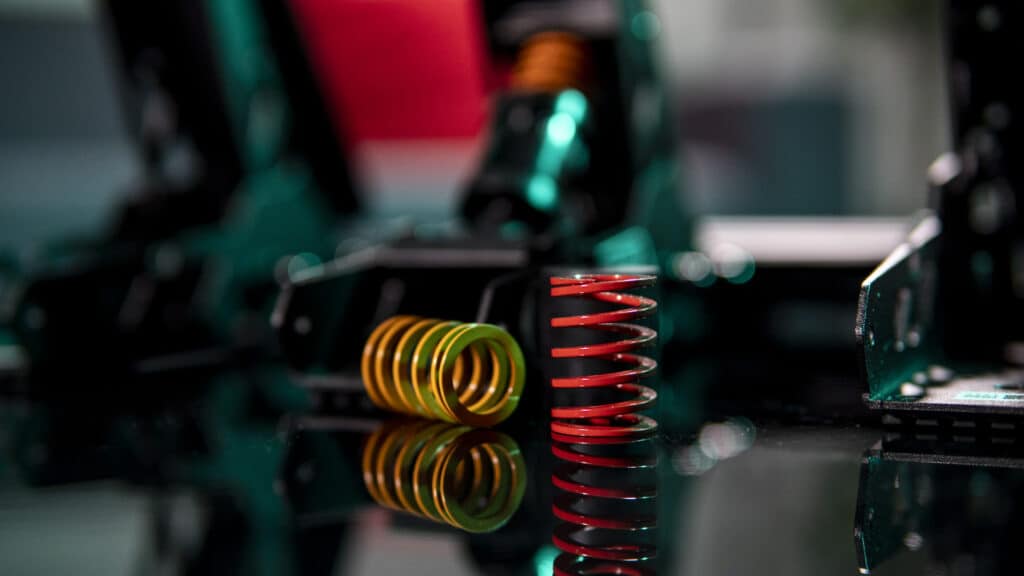
There are plenty of adjustments you can make to try and optimise things. With the accessory pack you get two additional springs with differing levels of stiffness, and you get an alternative damper, giving you six possible combinations of pedal feel.
These are a little more confusing than they could be. You end up with a yellow, orange and red spring… Logic tells me that they would get progressively stiffer in that order? Nope. Orange is the stiffest, followed by red with yellow a close third.
And what about the dampers? One is labelled medium, the other not labelled at all. Medium is the stiffer option, with the blank one being softer.
For me, the orange spring with the medium damper (aka the firmest possible combination) worked best, but although this did feel much nicer than most potentiometer-based pedals, it still wasn’t giving me quite as much control under heavy pressure as I would like. And no, before you suggest, taking off shoes also failed to have any major impact.
Despite these gripes, let us not forget the numerous positives. The pedals were extremely easy to mount to our Trak Racer TR8 Pro rig, with zero faff and the relevant screws included. The positional adjustability is fantastic too, with pedal spacing and surface height changes taking little time.
Moza even states that for hardcore users, the pedals themselves can be detached and mounted onto alternative brackets, or even reversed.
The adjustability within the software works well too. It’s easy to use, allowing you to change the braking curve to match your driving style. You can have it linear throughout, exponentially grow the received pressure as the applied pressure grows, or vice versa.
Adjusting the pressure bonding point is also possible – at 100 you get an overly sensitive pedal with no dead zone and lots of headroom, whilst setting it to zero will give you more pedal to work with, but a dead zone and reduced sensitivity at low pressure.
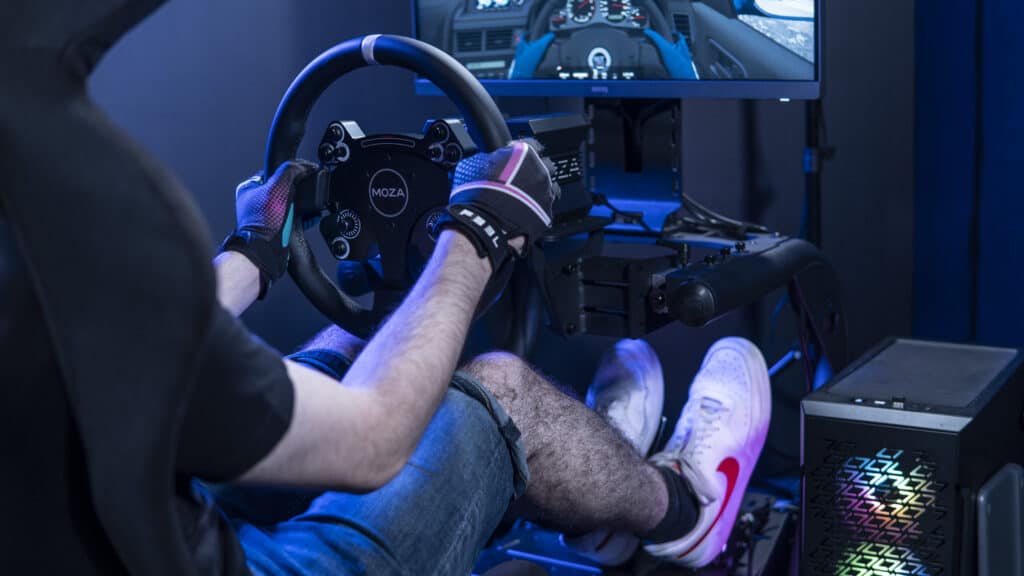
With these pedals, you get exactly what you pay for. They look nice without being spectacular, they perform better than cheaper pedals, but will not give you the advantages of many more expensive alternatives. The adjustability is good, but fundamentally I am left craving that little bit more – an ideal stepping stone if you like at a relatively affordable price.
The pedals are an important addition to Moza’s range, filling a gap in the ecosystem and facilitating a completely reasonable upgrade path.
These SR-P’s will do the job for most of you, and there is a pricier, premium alternative for those taking the next step. Moza is most certainly making moves in the right direction, and the quality is clear for all to see.
None of the big hitters can afford to get complacent with development, and I have to say with so many great products on the market, sim racing hardware has never been in a better, more competitive place.
Reviewed using the Trak Racer TR8 Pro, MOZA R9 base and CS wheel. The SR-P Pedals are for PC-only.
Full disclosure: The Moza SR-P Pedals were provided by the manufacturer for review purposes. Here is our review policy.
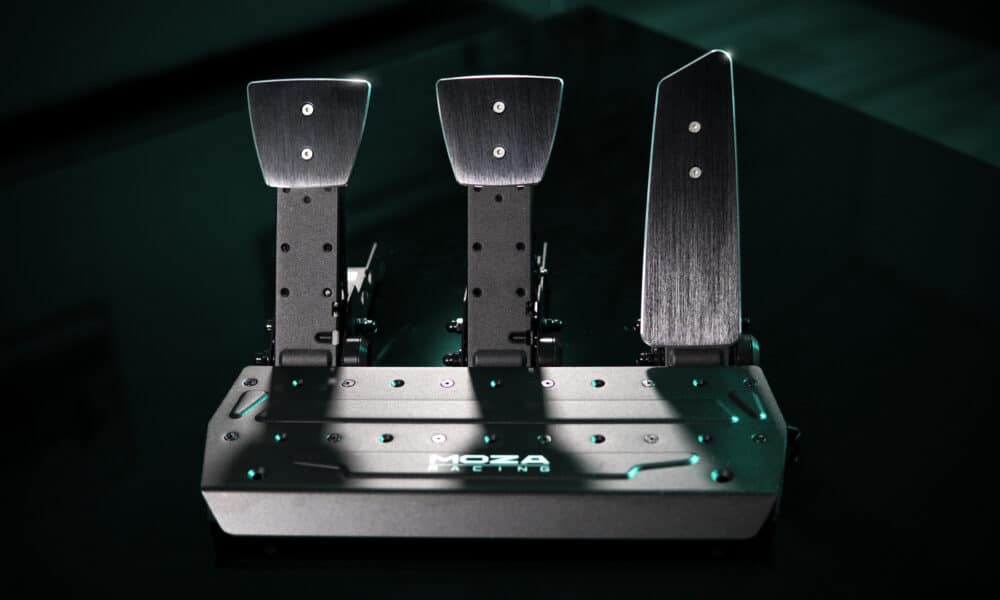

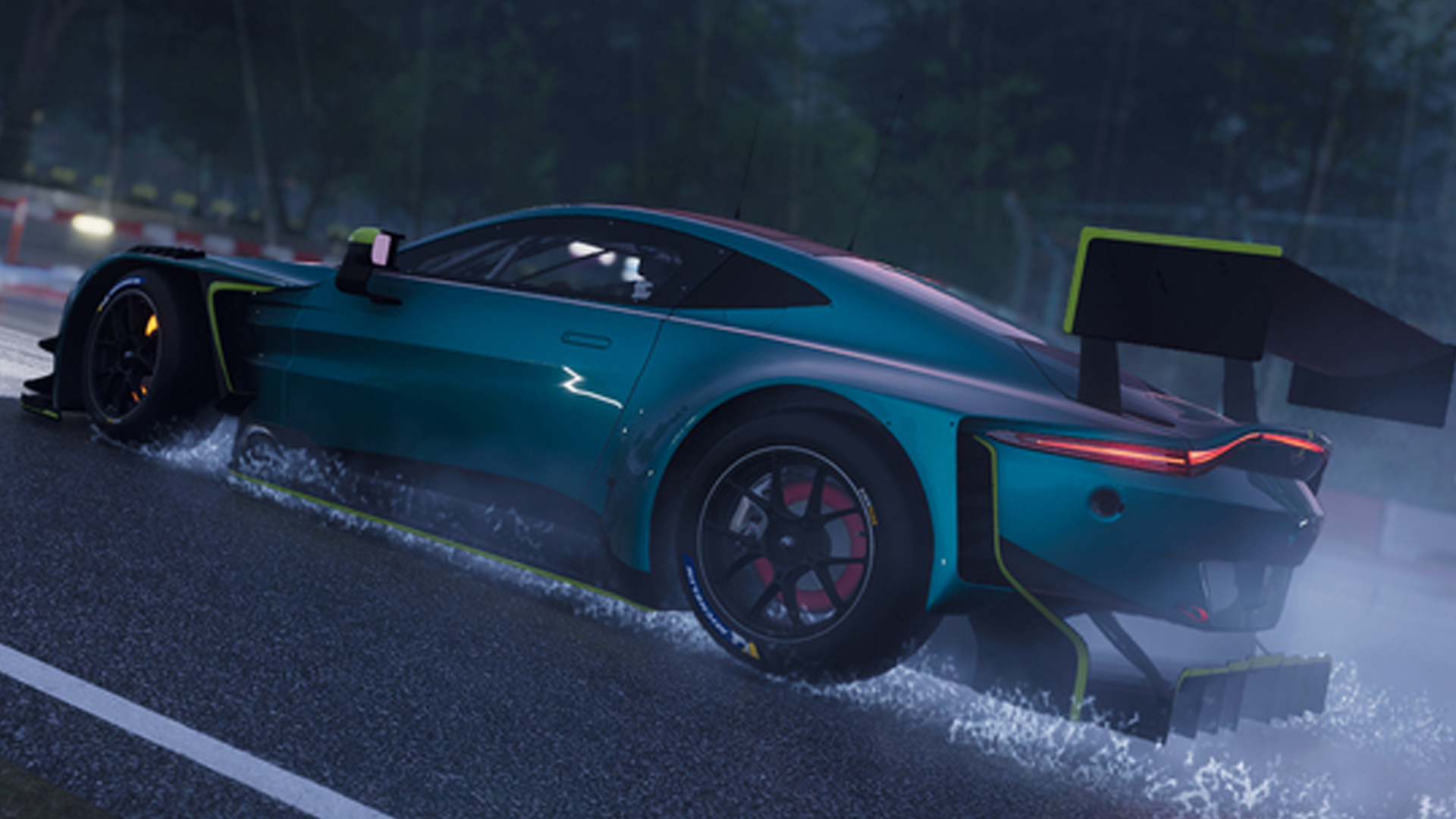
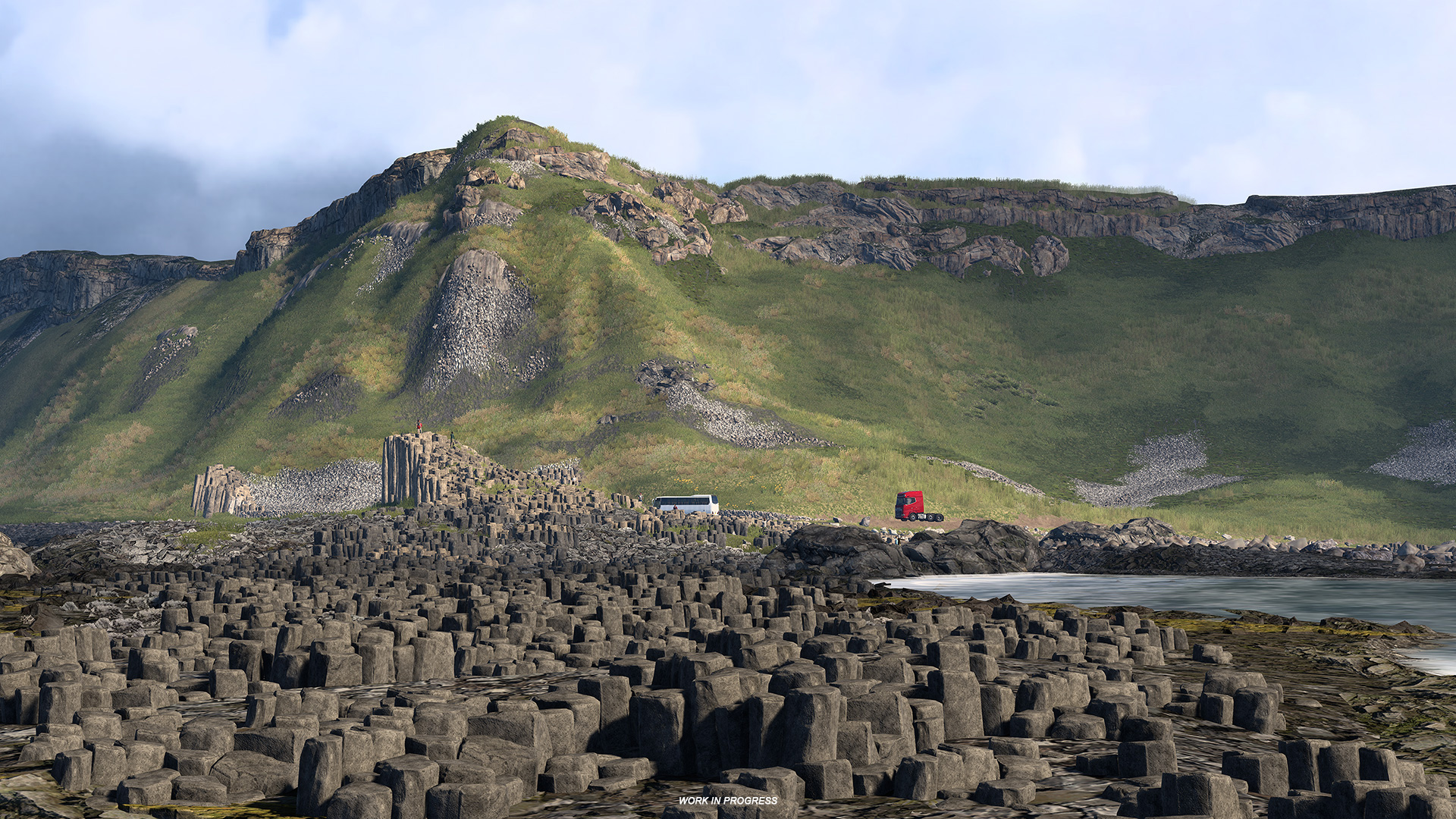
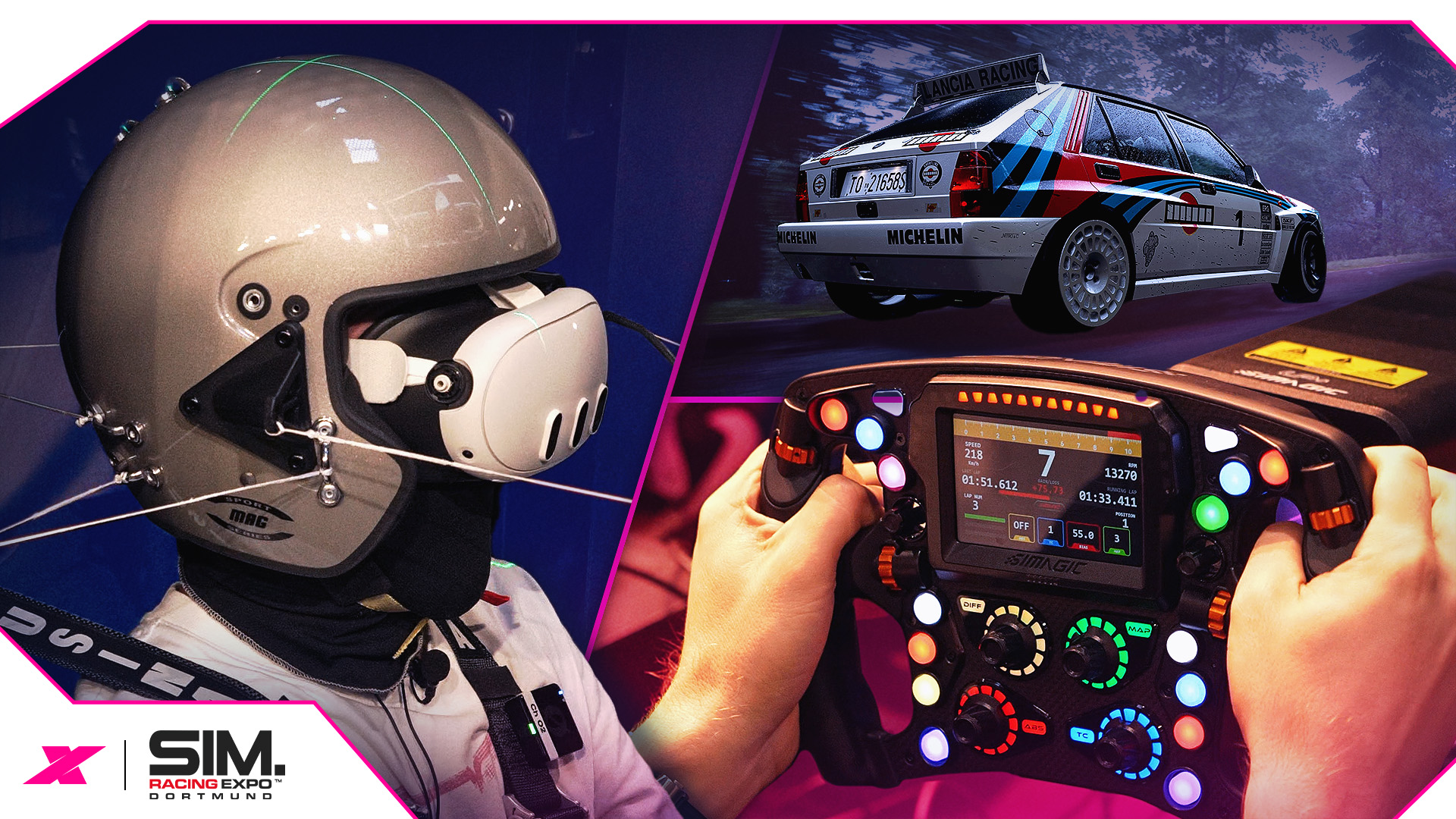
Chat with the Community
Sign Up To CommentIt's completely Free